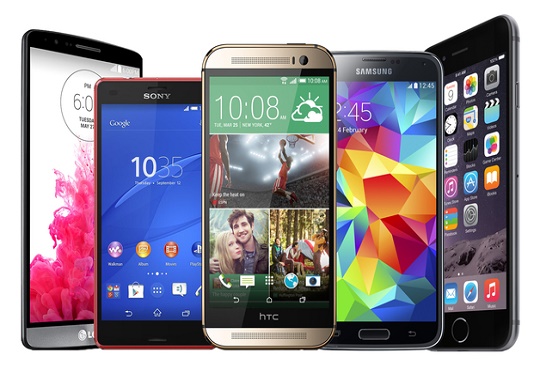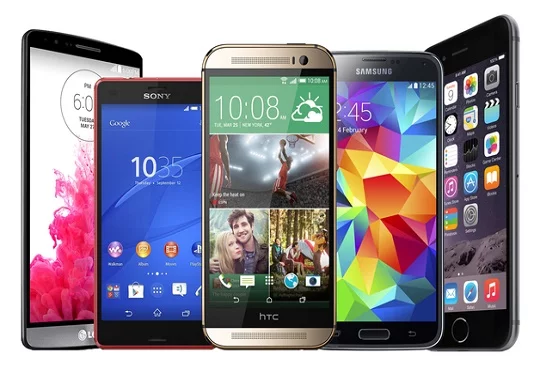
THE African smartphone market experienced a 6 percent year-on-year increase in shipments, reaching 17.8 million units in Q2 2024, marking a steady recovery despite ongoing macroeconomic challenges. According to Canalys, a leading market analysis firm, North Africa spearheaded this growth, with Algeria seeing a remarkable 52 percent increase in shipments.
Regional performance
Egypt, despite facing import challenges, achieved a 27 percent growth in smartphone shipments. This growth was largely attributed to the stability of the local currency and the Egyptian government’s emphasis on local manufacturing, attracting global brands such as Xiaomi, vivo, and Samsung.
In sub-Saharan Africa, South Africa posted a modest 13 percent growth, influenced by the country’s evolving political landscape following recent elections. Meanwhile, Nigeria, the region’s largest market by volume, saw only a 5 percent growth due to persistent economic pressures, including inflation, currency volatility, and a sluggish GDP. Kenya, on the other hand, experienced a sharp 22 percent decline in smartphone shipments, largely due to ongoing political tensions.
Market leaders
Transsion, the parent company of popular brands like Tecno, Infinix, and iTel, maintained its stronghold in the African market with a commanding 51 percent market share, shipping 9.2 million units. Samsung followed with a 19 percent market share, although it saw a drop in shipments to 3.3 million units from 4.4 million in the previous year.
Xiaomi continued its upward trajectory, growing its volume from 1.4 million to 2.1 million units, securing a 12 percent market share. Realme also made significant strides, doubling its shipments to 900,000 units, resulting in a 5 percent share. Oppo rounded out the top five, increasing its shipments to 800,000 units for a 4 percent market share.
Market insights
Manish Pravinkumar, Senior Analyst at Canalys, noted that consumers are increasingly opting for budget-friendly smartphone options due to rising living costs. The average selling price (ASP) of smartphones in Africa during Q2 2024 was one of the lowest in the past eleven quarters, highlighting the shift towards affordability.
Despite the growth in smartphone adoption, feature phones continue to hold a significant 52 percent market share, indicating substantial opportunities for further smartphone expansion across the continent.
Looking ahead
Pravinkumar emphasised the importance of local manufacturing in driving down costs and making smartphones more accessible. Egypt is leading the way in this regard, with other regions expected to follow suit to enhance affordability and meet the growing demand for smartphones in Africa.
As device financing becomes increasingly crucial in sub-Saharan Africa, it is anticipated that this trend will further accelerate smartphone adoption, bridging the digital divide across the continent.













